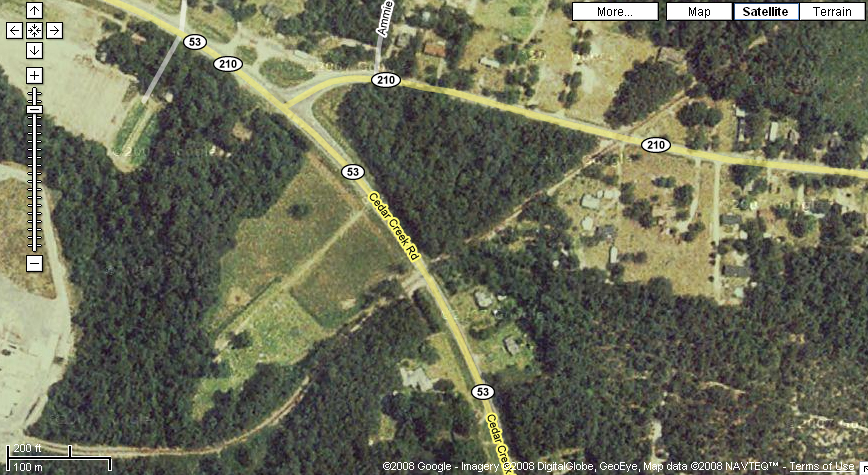 |
| Research Paper (PDF) | PowerPoint Presentation (PPT) | Poster (JPG) |
About 12,900 years ago there was a mass extinction of mammals, and the Clovis culture due to an impact called the Younger Dryas. The Younger Dryas might have been an impact of a fragmented comet or asteroid that exploded in the atmosphere, ignited fires, and filled the atmosphere with soot and dust which resulted in the “nuclear winter” effect.The evidence lies in the 50 known Clovis sites which contain dark organic deposits, also known as “black mats” which mark the end of the Clovis era. The black mat contains charcoal, soot, carbon spherules, magnetic sphrerules, and many other elements that suggest an impact. Assumptions have been made about the formation of the Carolina Bays. Most experts stereotypically point to fluvial, the rivers deposition of sand and dirt and Aeolian, wind depositions. However hydrological processes and pedigenesis would prove different results to the formation of the current surface.Pedigenisis is the process that modifies the gorunds surface erosional depositions. Kimball Bay, Located in Fayetteville North Carolina
The purpose of the Younger Dryas impact team is to investigate the Carolina Bay’s by the means of coring, using the Ground Penetrating Radar to survey the examine the bays strategraphy, ultimately perform sedimentary geology processing for carbon and magnetic spherules. Carbon spherules appear from the sources of burning vegetation which are desribed as the “floating fraction” in our experiment. However, magnetic spherules are founding elements that are not found on earth’s surface which understood to be the “sinking fracrtion” This “sinking fraction” may hold the answer to our search for nano diamonds.Nano diamonds are the possible correlation of an impact that suggest a different formation of the Carolina Bays. In brief, soil processing is the method used to differenciatethe soil’s composition to further investigate the possible answers to the mass exstinction during the Younger Dryas.
|
